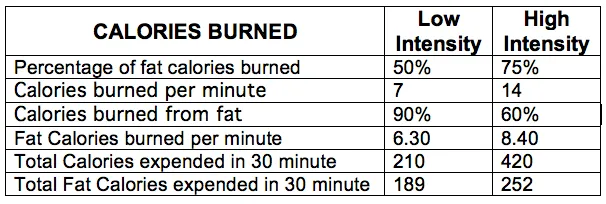Hi,
I’m trying o back off my heavy lifting in favor of more endurance sports. Coming from a 5 day split with heavy weights and low reps (4-6) I’m trying to transition to a push/pull plan with normal reps (8-12).
However when I’m lifting, I feel that somebody pulled my power plug at rep 5-6. I just massively lose my strength.
Watched Thomas DeLauer on the subject and he mentions keto is not for heavy lifts in the 8-12 rep range. Rather reduce weights more and do more reps, or increase weights and go lower reps.
Tried the first, felt the same. We’re talking going from 60kg cable rows to 30kg.
What’s the general advice here? If I’m thinking about our ancestors, the must have had the capacity to do sprints. They also must have had the capacity to do long walks.


 I would be interested to know if this has happened/could happen with someone else.
I would be interested to know if this has happened/could happen with someone else.